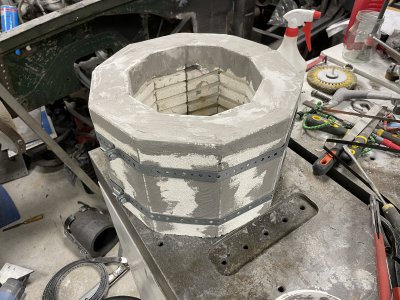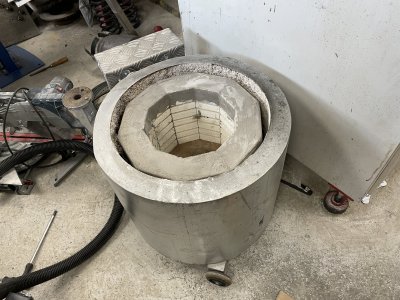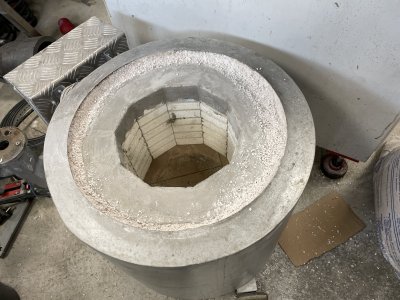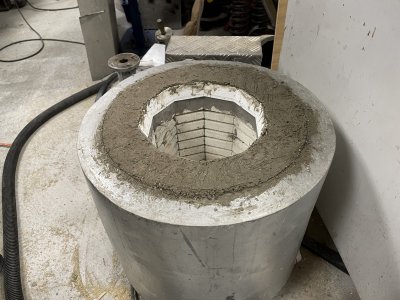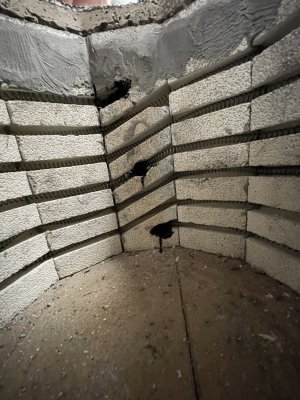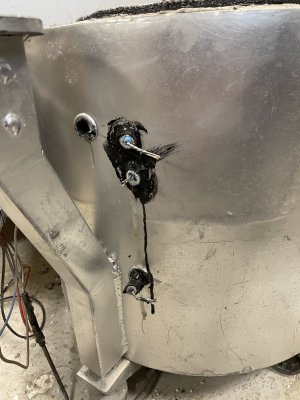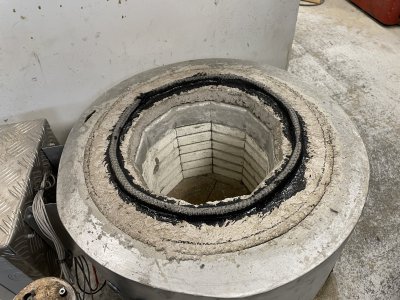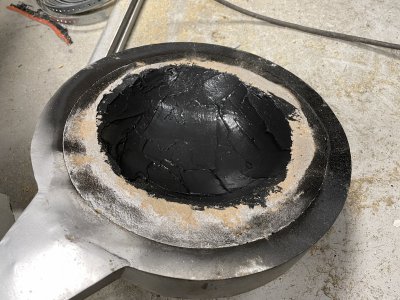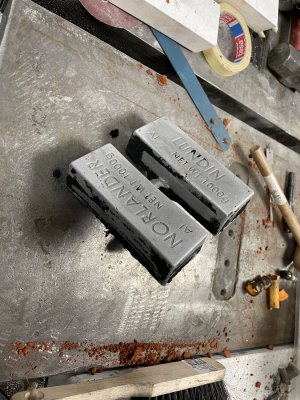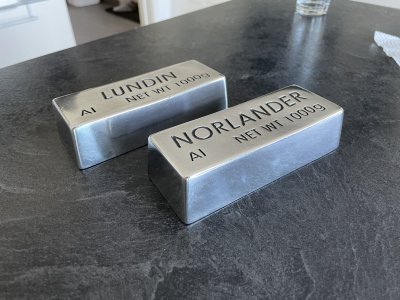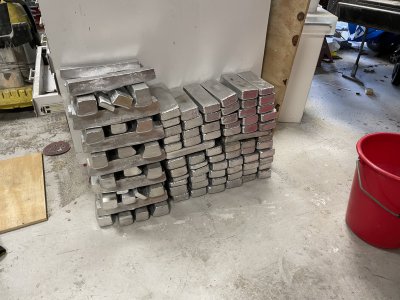- Joined
- Nov 7, 2019
- Messages
- 433
Bit more progress. Mitered and mortared.
Potentially had problems with the mortar, time will tell.
I dipped the stones in water but the mortar still really struggled to stay on and wanted to dry up and flake off.
Added some extra around the edges and joints just to give it a fighting chance of holding together long enough for me to get it down into the furnace.
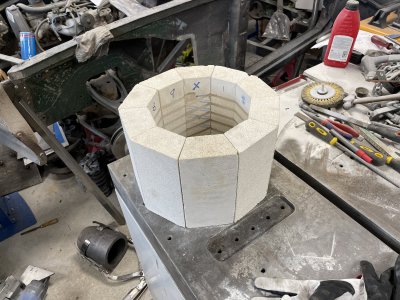
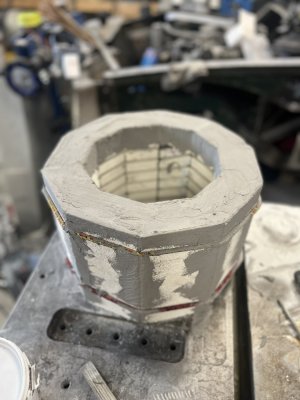
Printed a quick little ring to help me align everything as I put it together.
This also let me put some bungee cords on the outside to keep it squezed together while hardening.
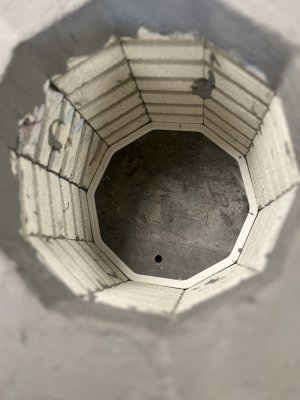
Potentially had problems with the mortar, time will tell.
I dipped the stones in water but the mortar still really struggled to stay on and wanted to dry up and flake off.
Added some extra around the edges and joints just to give it a fighting chance of holding together long enough for me to get it down into the furnace.


Printed a quick little ring to help me align everything as I put it together.
This also let me put some bungee cords on the outside to keep it squezed together while hardening.



